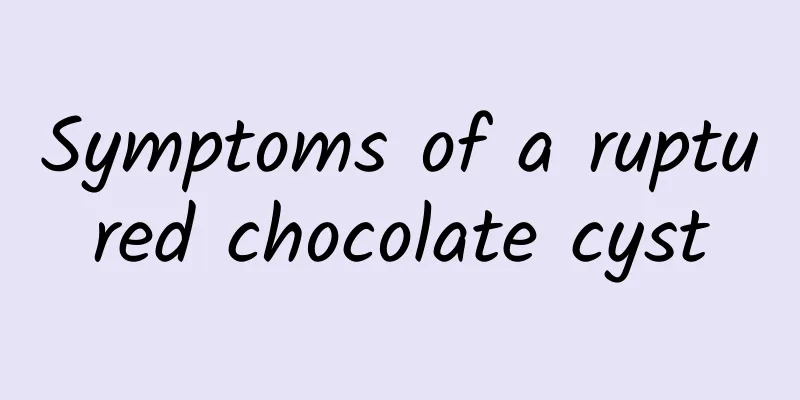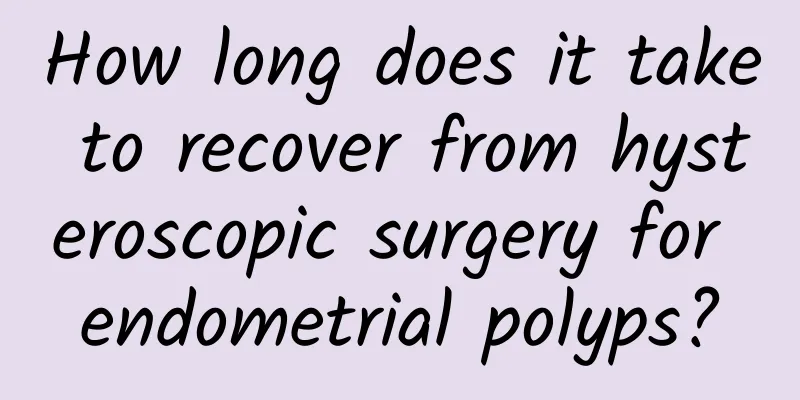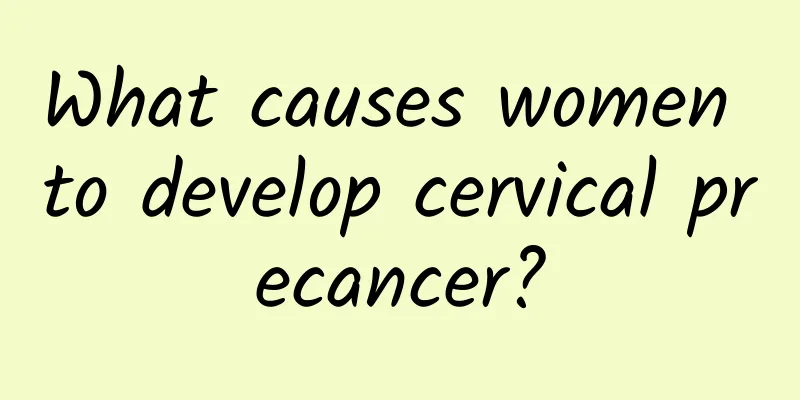Symptoms of a ruptured chocolate cyst

|
Chocolate cysts are the pathological manifestation of endometriosis. The ectopic endometrium, like the endometrium, undergoes synchronous bleeding and fibrosis of the surrounding tissues with the changes in ovarian hormones. However, the blood cannot be discharged through the vagina like menstrual blood, but accumulates locally and forms retention cysts. Ovarian chocolate cysts rupture spontaneously or under the influence of external forces due to a variety of factors, and ruptures can occur repeatedly. After rupture, old blood overflows into the abdominal cavity, causing severe abdominal pain, nausea and vomiting, vaginal bleeding, and other symptoms. It is recommended to go to the hospital for treatment in time. The onset of chocolate cyst rupture is mostly before menstruation or in the second half of the menstrual cycle (luteal phase). Due to repeated bleeding in the cyst cavity before and after the menstrual period, the intracystic pressure increases sharply, and it is easy to rupture spontaneously, or the cyst ruptures due to external force compression and gynecological examination. Generally, there is no amenorrhea or irregular vaginal bleeding. Sudden lower abdominal pain starts on one side, followed by pelvic pain, accompanied by nausea and vomiting. There are few shock symptoms such as decreased blood pressure. There are obvious symptoms of peritoneal irritation in the abdomen, obvious tenderness, rebound pain and muscle tension. There is rarely mobile dullness. Gynecological examination can touch a mass with unclear boundaries on one or both sides of the pelvic cavity. The mass is often connected to the posterior wall of the uterus, close to the uterus, inactive, and tender. If the diagnosis of chocolate cyst rupture is clear, the cyst is not very large, the general condition is relatively good, or those who are unwilling to undergo surgery can be observed in the emergency department, infused, and treated to prevent infection. Whether further surgical treatment is needed depends on whether the condition can be relieved. For patients with severe symptoms and unstable vital signs, surgery should be performed immediately after diagnosis, because the leaking cystic fluid may cause pelvic adhesions, infertility, or re-dissemination and implantation of ectopic endometrium. The onset of chocolate cyst rupture is mostly before menstruation or in the second half of the menstrual cycle (luteal phase). Due to repeated bleeding in the cyst cavity before and after the menstrual period, the intracystic pressure increases sharply, and it is easy to rupture spontaneously, or the cyst ruptures due to external force compression and gynecological examination. Generally, there is no amenorrhea or irregular vaginal bleeding. Sudden lower abdominal pain starts on one side, followed by pelvic pain, accompanied by nausea and vomiting. There are few shock symptoms such as decreased blood pressure. There are obvious symptoms of peritoneal irritation in the abdomen, obvious tenderness, rebound pain and muscle tension. There is rarely mobile dullness. Gynecological examination can touch a mass with unclear boundaries on one or both sides of the pelvic cavity. The mass is often connected to the posterior wall of the uterus, close to the uterus, inactive, and tender. If the diagnosis of chocolate cyst rupture is clear, the cyst is not very large, the general condition is relatively good, or those who are unwilling to undergo surgery can be observed in the emergency department, infused, and treated to prevent infection. Whether further surgical treatment is needed depends on whether the condition can be relieved. For patients with severe symptoms and unstable vital signs, surgery should be performed immediately after diagnosis, because the leaking cystic fluid may cause pelvic adhesions, infertility, or re-dissemination and implantation of ectopic endometrium. The dietary principle for ovarian chocolate cyst rupture is to focus on light food, control the intake of all alcohol, coffee, tea, etc., avoid greasy food, including fatty meat, fried food, etc. In addition, be careful of mold and pickling to avoid aggravating the condition. Do not consume irritating condiments, such as onions, garlic, peppers, cinnamon, etc. |
<<: Precautions after laparotomy for chocolate cyst
>>: Chocolate cysts will definitely recur. How to prevent chocolate cysts from recurring?
Recommend
Treatment of uterine fibroids and adenomyosis
Female friends are most reluctant to feel uncomfo...
What are the dangers of premature ovarian failure? How to prevent premature ovarian failure?
The ovaries are important endocrine organs in wom...
What harm does cervical erosion cause to women? How can women prevent cervical erosion from becoming cancerous?
With the ever-increasing pace of life and changes...
Is it dangerous to have a baby with cervical precancerous lesions?
Although the chance of pregnancy for patients wit...
What will happen if you have an ectopic pregnancy for 5 months?
Ectopic pregnancy is clinically called ectopic pr...
What symptoms do women experience during menopause?
Most female friends will easily enter menopause a...
What are the dangers of cervical erosion?
Beware! Cervical cancer is getting younger and yo...
How to care for grade 2 cervical precancerous lesions
Gynecologists say that as the age of onset of cer...
What are the dangers of not treating Trichomonas vaginitis in time?
After a woman has trichomoniasis, she will suffer...
How to clearly distinguish between dysmenorrhea and irregular menstruation
Many female friends experience lower abdominal pa...
6 ways to lose weight together and say goodbye to the entanglement of "work fat"
As the year draws to a close, losing weight is a ...
Knowing more about the treatment of cervicitis can help patients
There are more and more patients with cervicitis ...
Foreigners are not "foreigners" More than 70% of Americans eat dinner at home
The question that bothers office workers during t...
What are the treatments for menopause?
We all know that people with menopause should go ...
Conservative surgery is one of the methods for early treatment of ectopic pregnancy
Women of childbearing age must seek timely treatm...









